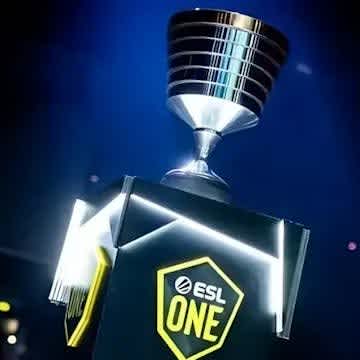Are HLTV’s rankings responsive enough?
For what’s the most important statistical tool for the CS:GO community, it often feels like the minute details don’t pass the eye test. This isn’t a question of methodology per se – Lord knows the whole stats-versus-scouts discussion has gone on long enough in baseball and other sports –, more of a discussion starter about certain anomalies on the current leaderboards (last updated on April 15th at the time of writing).
For me, the situation of MiBR embodies all issues I have with the current HLTV rankings system. From an everyday perspective, the team has essentially reset itself after the removal of tarik and Stewie2K, marking the end of an experiment with English comms and players with very different gameplay styles compared to what would come later. Not only would they go on to reform their old world-conquering lineup, they’ve also poached a coach, something which is a fairly new element in the organization’s setup. And yet, seventeen other events are included in the ranking calculations for MiBR, albeit at limited relevance (42.8% at most with the Pro League Season 8 finals). In a game where a twelve-month dominance is widely considered to be an era, it feels like a very conservative approach, perhaps somewhat akin to the way the major invites take a bit too long to adjust to the realities in the scene.

Astralis’ controversial tournament-skipping practices also adds additional wrinkles to the question of ranking decay. If a top team skips four premiere LAN events in a row, shouldn’t that have practically as much of an impact as the roster changes that essentially nullified mousesports’ ranking?
As for personal preference, I’ve always felt like SixteenZero’s ELO rankings tell me more about the true standings of the sides than a scoring system where the top team has three to five times as many points as a playoff candidate under regular circumstances and gets even more stretched when you’ve got a side as dominant as Astralis around. It also struggles to properly differentiate between teams beyond the top 30, which is an understandably challenging task, but when one good tournament showing propels a compLexity or a Ghost (who are now supposedly better than BIG despite not having played since iBUYPOWER Masters) close to the top ten is the same sort of thinking we criticize in tournament organizers when handing out their invites off the back of an upset.

In an open-circuit environment with so many different events and organizers flying around, reliable ranking calculations like these are a godsend. And yet, I can’t help but feel that it’s worth taking a deeper look at how the sausage is made – not because there are any issues with the underlying calculations, but because the eye-test sometimes strays so far off the HLTV leaderboards that one has to wonder whether they’re emphasizing the most important elements in the algorithm…





